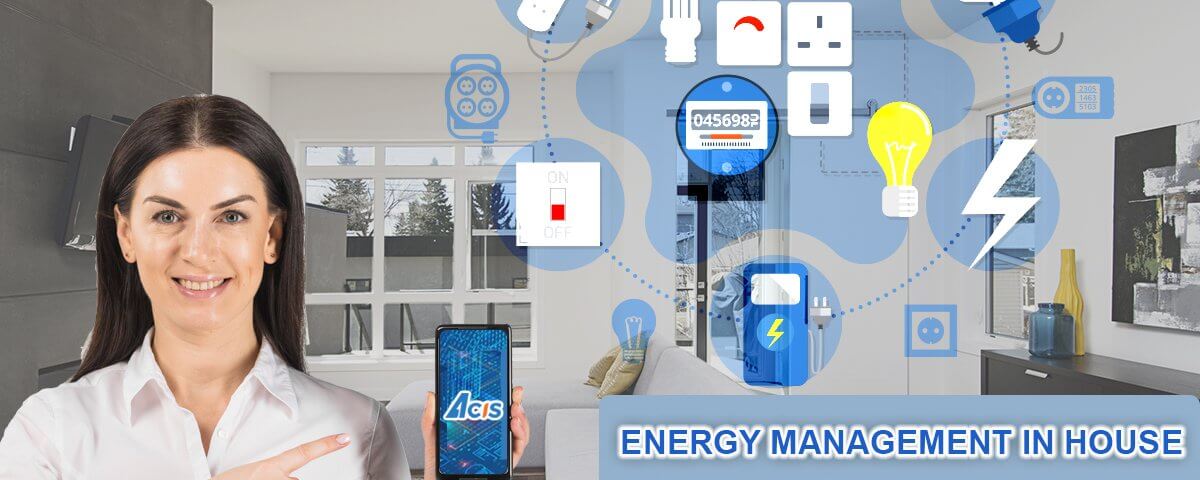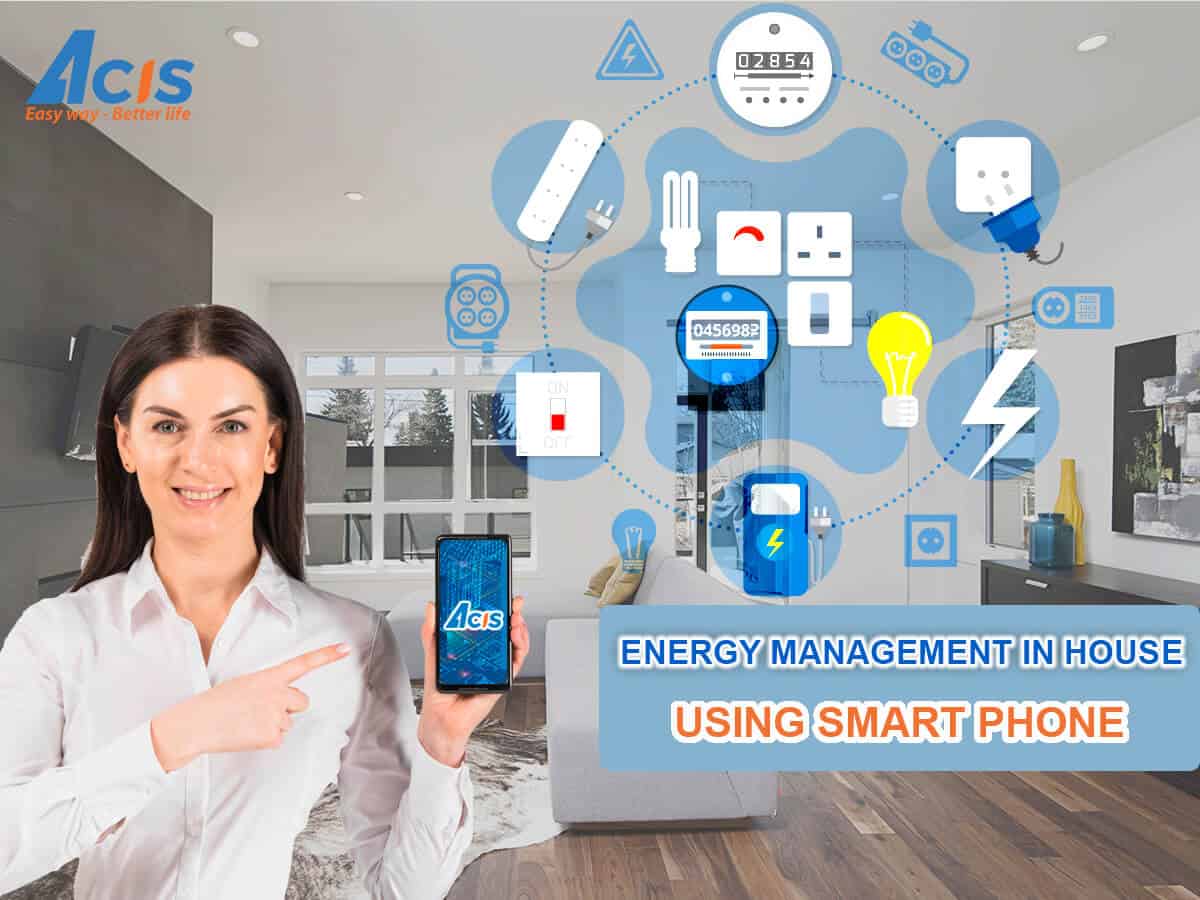Can a Smart Home Really Help You Save Energy And Money?

Smart home devices are often pointed out as practical, affordable and energy-saving additions to your home. But can they actually save you money?
Side by side with the trends comes the hype. Then, the myths start to appear. It was like that with the internet, smartphones and now with the smart home concept. Wherever you go, everybody seems to have something to say about techy houses and how integrated, futuristic and automated they are. Still, plenty of consumers really don’t know much about them, or if they really can improve your life at home – for example, many buyers wonder if the energy savings touted by smart home companies is really all they say.
If that sounds like you, why not jump to the facts and see what the world has been saying about it? Experts, international organizations and companies have researched connected homes for the past few years, and it’s time for us to finally discover whether smart homes can help you save money on your utilities.
First, What Makes a Smart Home “Smart”?
Before we dive in, it’s essential to keep in mind what makes a house a smart home. The idea of home automation is part of the Internet of Things (IoT) concept, which is somewhat self-explanatory. IoT basically means “giving life” to objects by using an internet connection so they can have extra features. In other words, a smart house is an integrated system of intelligent devices.
From smart light bulbs to virtual assistants, a smart home provides the environment for you to monitor and model your life at home and make it more practical. The concept was quite abstract until tech brands such as Apple, Google, Microsoft, Samsung and Amazon started selling smart gadgets for the whole house, from washing machines to speakers. Such creations let consumers use their phones as remote controls and turn the house itself into a tech device.
Okay, they’re smart, practical and innovative. But can they also be energy-efficient? Let’s see some examples below and learn if smart homes can also save you money on your bills.
Sensor-Controlled Lights
Sensors can open doors, turn the lights on or off, and even set the temperature in a room, so there must be a reason why we use them everywhere, right? Yes, and here’s a tip: It’s not only because they are super-practical at home. Such devices are highly energy-efficient and can save plenty of electricity.
According to the United Kingdom’s Carbon Trust, occupancy sensors, which can identify if a person is in the room, can reduce energy use by 30 percent. Daylight sensors are even more efficient and can lower your usage by up to 40 percent.
Another interesting data fact from the U.K. was presented by the King’s College London. In 2013, the university cut its lighting energy use by nearly 90 percent as a result of the installation of sensor-controlled indoor lighting. According to the project’s developers, the institution will save 6,349 British pounds (around $8,037 in the U.S.) every year on electricity bills.
Smart Power Strips
Smart power strips, or smart power bars, may not be the first thing that comes to your mind when you think about a smart home. Don’t let their conventional appearance fool you, though. These gadgets can block energy to your devices while they are in standby mode, which is an overlooked yet significant energy-saving tool.
As reported by the Lawrence Berkeley National Laboratory (LBNL), standby mode accounts for 10 percent of residential electricity usage. A smart power strip, then, will help you lower your bills considerably by blocking this silent, energy-consuming function at home. Imagine never again having to worry about unplugging devices.
Smart Shower Time Limiter
Long, hot showers are relaxing and energizing, but also highly energy-inefficient. That’s why experts decided to create intelligent shower time limiters, which let you have the best of both worlds: the warmth of a relaxing shower with a limit to it.
Shower time limiters can boost your water savings up to 50 percent, according to some brands. As Showerguard states on its website, smart timers can save up to 20 percent on your utility bills and hundreds of dollars within a year, which is exceptional payback time.
Such devices allow you to set the time you want to spend in the shower, and it will tell you when it’s time to close the faucet. What’s more, they can be a helpful tool if you are looking for eco-friendly renovations at home.
Smart Thermostats
Smart thermostats are perhaps the best example of what home automation means in both technological and energy-saving terms. These devices are highly integrated with phones or tablets, and let you monitor and set your home’s temperature by distance.
Still, their list of features goes way beyond remote access. Smart thermostats can send you energy usage reports regularly and even create charts for you to check historical data. Over and above, all these functions will save you about 15 percent on your energy bills, according to Canada’s Global News.
Energy Monitors With a Twist
Even energy monitors got a makeover with the home automation trend. These gadgets can provide users with insights about their energy use and home activity. If you have a solar-powered system, for example, they can even measure solar production versus electricity consumption.
Thanks to the mobile integration, you can track everything regarding energy usage from your phone, including which devices are costing you more money and related reports. There are even open source options if you’re into DIY projects. Many consumers have created their own smart energy monitors using modular Raspberry Pi computers.
Smart Appliances
Products such as the LG SmartView counter-depth refrigerator apply the IoT concept to one of the most traditional machines at home. This fridge sends you mobile notifications when the door is left open and is integrated with an app that lets you monitor, for example, if you have ice in the freezer or check the temperature. It can get even smarter if you connect it to Google Assistant.
Another good old device with an intelligent twist to it is the Samsung WW9000 washing machine. This clothes washer comes with the “ecobubble” technology, which allows users to cut down the amount of warm water needed to clean clothes. In other words, it can save both water and heating costs. The smart features are boosted by Wi-Fi and the mobile app and help users control major functions using their phones.
Conclusion
Yes, smart homes can save you money — plenty of it, actually. But it will depend on what smart products you buy. The most energy-efficient devices are the ones that come with sensors or other kinds of energy limiters. A smart TV or Bluetooth speaker won’t necessarily save you money — although they probably will when compared to their older peers such as tube TVs or decades-old record players.
The good news is that nowadays, most of these gadgets tend to be energy-efficient and smart at the same time, so you won’t have a problem combining energy-savings with comfort, be it purchasing a fridge or a lighting kit.
Source: iotforall.com
- slot online mudah maxwin situs judi mpo slot situs judi mpo slot slot deposit dana slot 5000 slot 5000 slot 5000 slot 5000 slot 5000 link slot mpo link slot mpo link slot mpo link slot mpo link slot mpo mpo slot slot pay4d slot nexus slot idn slot online slot online slot online slot online slot online slot gacor slot hoki slot4d judi slot online hoki slot bca slot bri slot dana slot mandiri slot mpo slot 5000 slot88 slot pulsa 5000 slot dana 5000 slot maxwin slot303 slot77 judi mpo slot slot pulsa 5000 mpo slot bandar togel terpercaya mpo slot pay4d nexus slot idn slot mpo slot dana 5000 slot maxwin

